Expansion of Telehealth Services
The Neurofeedback System Market is positively impacted by the expansion of telehealth services, which have gained traction in recent years. The convenience of remote consultations and therapy sessions has made neurofeedback more accessible to a broader audience. As telehealth continues to evolve, the Neurofeedback System Market is likely to see increased adoption of remote neurofeedback training programs. This shift not only caters to patients in remote areas but also aligns with the growing preference for digital health solutions. Market analysts suggest that the integration of neurofeedback into telehealth platforms could significantly enhance patient engagement and treatment adherence.
Rising Demand for Non-Invasive Treatments
The Neurofeedback System Market experiences a notable increase in demand for non-invasive treatment options. Patients and healthcare providers are increasingly seeking alternatives to pharmacological interventions for conditions such as anxiety, depression, and ADHD. This shift is driven by a growing awareness of the side effects associated with traditional medications. As a result, the Neurofeedback System Market is projected to expand, with estimates suggesting a compound annual growth rate of approximately 15% over the next five years. This trend indicates a significant opportunity for companies specializing in neurofeedback technologies to capture a larger share of the healthcare market.
Increased Focus on Mental Health Solutions
The Neurofeedback System Market is significantly influenced by the heightened focus on mental health solutions. Governments and organizations are prioritizing mental health initiatives, recognizing the impact of mental well-being on overall health. This emphasis has led to increased funding for mental health programs, which often incorporate neurofeedback as a viable treatment option. The Neurofeedback System Market stands to benefit from this trend, as more healthcare providers integrate neurofeedback into their treatment protocols. Market data suggests that the mental health technology sector, including neurofeedback, is expected to grow substantially, reflecting a societal shift towards prioritizing mental health.
Growing Research and Development Activities
The Neurofeedback System Market is witnessing a surge in research and development activities aimed at enhancing the efficacy of neurofeedback systems. Academic institutions and private organizations are increasingly investing in studies that explore the applications of neurofeedback in various therapeutic contexts. Recent studies indicate that neurofeedback can improve cognitive functions and emotional regulation, which may lead to broader acceptance in clinical settings. This influx of research not only validates the effectiveness of neurofeedback but also encourages innovation within the Neurofeedback System Market, potentially leading to the introduction of advanced systems that cater to diverse patient needs.
Technological Innovations in Neurofeedback Systems
The Neurofeedback System Market is propelled by continuous technological innovations that enhance the functionality and accessibility of neurofeedback systems. Advancements in brain-computer interface technology and portable neurofeedback devices are making these systems more user-friendly and effective. As technology evolves, the Neurofeedback System Market is likely to see an influx of new products that cater to both clinical and home-use markets. This innovation not only improves the user experience but also expands the potential customer base, as more individuals seek accessible mental health solutions. The integration of artificial intelligence in neurofeedback systems may further optimize treatment outcomes.


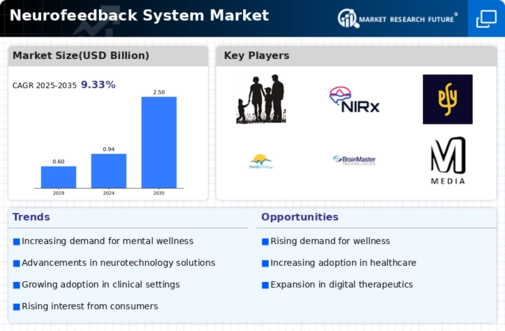
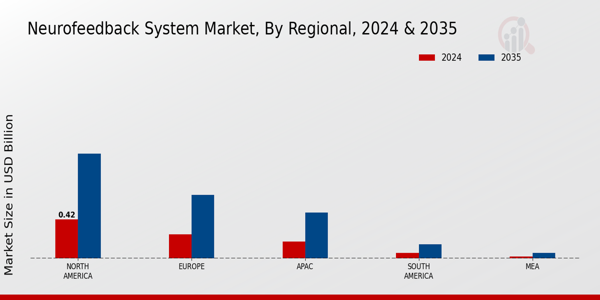

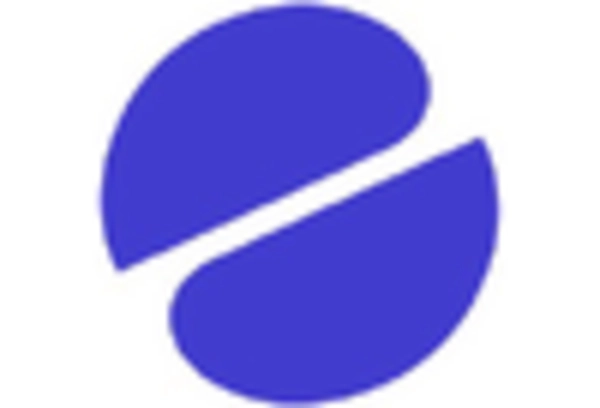

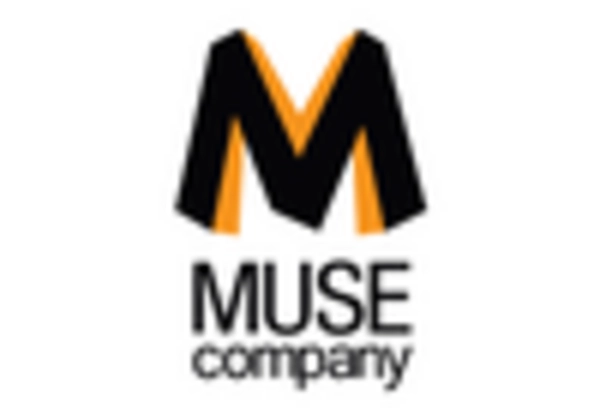
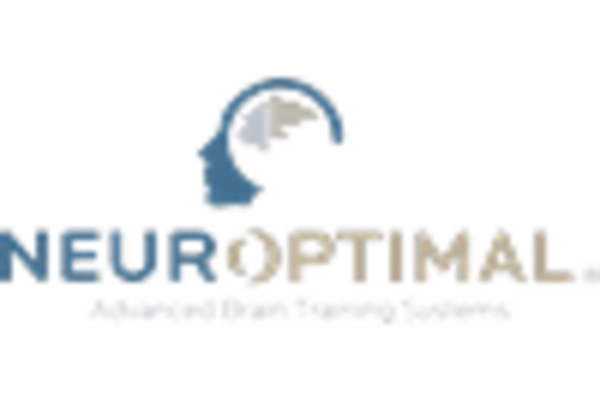
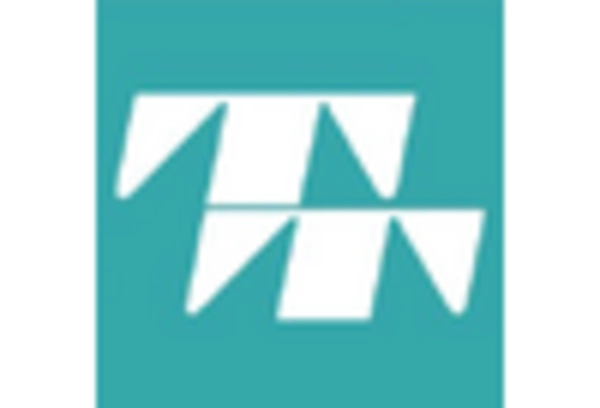








Leave a Comment